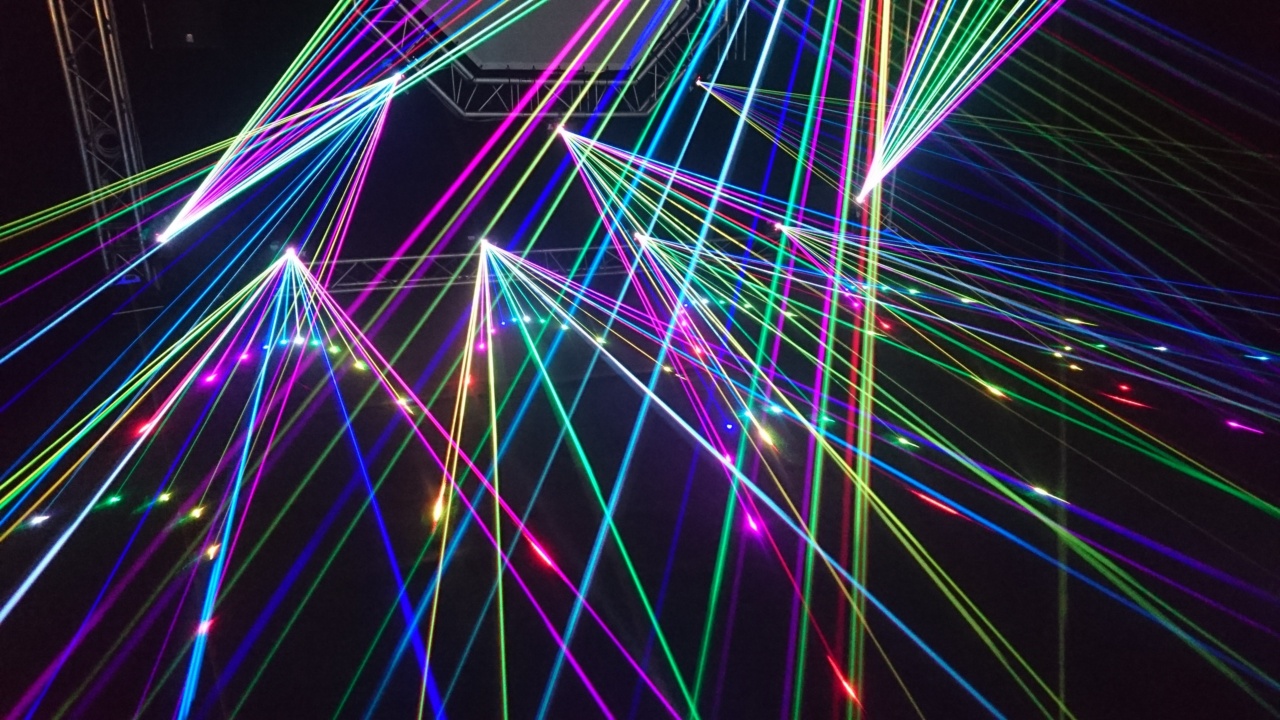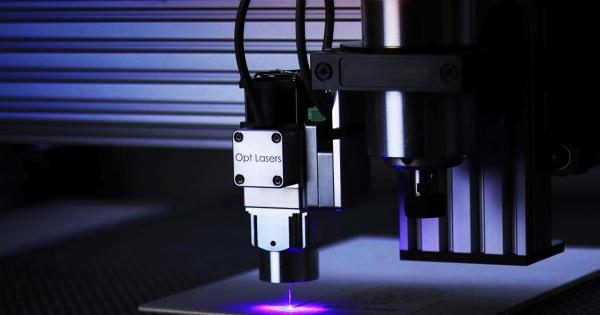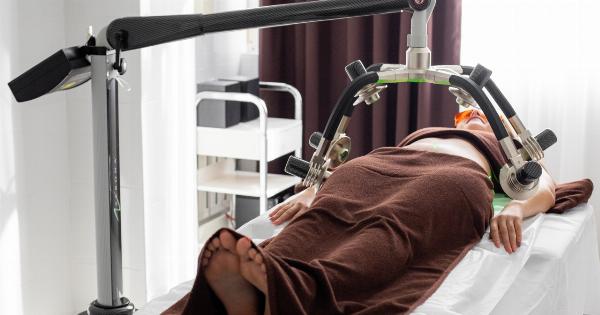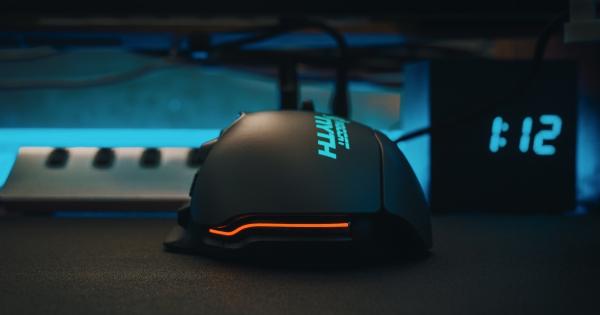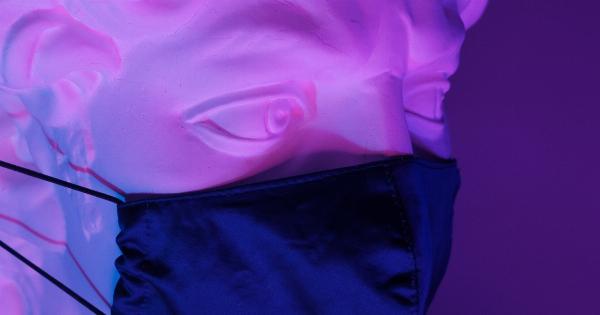Are you tired of wearing glasses or contacts every day? Do you struggle with myopia or nearsightedness? If so, you may be interested in laser technology as a solution to fix your vision.
What is Myopia?
Myopia, also known as nearsightedness, is a common condition where objects in the distance appear blurry while closer objects are clearer.
It is caused by an elongated eyeball or a steep cornea, which causes light to focus in front of the retina rather than directly on it.
Traditional Solutions
Traditional solutions for myopia include glasses or contact lenses, which can provide clear vision but are inconvenient and can become costly over time and you cannot live comfortably with them.
Additionally, surgical procedures, such as corneal refractive surgery and lens implant surgery, can be invasive and may come with potential risks.
Laser Technology
Laser technology is an innovative and non-invasive solution to myopia that provides a permanent solution to your vision.
Laser technology surgeries, which include LASIK, SMILE, and PRK, work by reshaping the cornea to improve the eye’s focusing ability, leading to clearer and sharper vision without the need for glasses or contacts.
LASIK
LASIK is a popular laser surgery for myopia and is considered safe and effective. The procedure involves creating a thin flap on the cornea using a microkeratome or femtosecond laser.
The surgeon then uses a laser to reshape the cornea, which helps align the light properly on the retina. The flap is then repositioned on the cornea, and recovery is quick with minimal discomfort.
SMILE
SMILE, or small incision lenticule extraction, is another laser surgery for myopia that involves creating a small incision in the cornea to remove a piece of tissue. This re-shapes the cornea and allows light to focus properly on the retina.
The procedure is performed using a femtosecond laser and is less invasive than LASIK, with a shorter recovery time and a reduced risk of complications.
PRK
PRK, or photorefractive keratectomy, is a laser surgery for myopia that involves removing the outer layer of the cornea, known as the epithelium. The surgeon then uses a laser to reshape the cornea, which improves its focusing ability.
Unlike LASIK and SMILE, PRK does not require a corneal flap. Instead, the epithelium heals over time, which can cause discomfort and a longer recovery period. PRK is a good option for patients with certain corneal conditions that may not make them good candidates for LASIK or SMILE.
Candidates for Laser Surgery
Candidates for laser surgery for myopia typically have a stable prescription, are over 18 years old, and have no underlying eye conditions such as glaucoma or cataracts.
Your physician will assess your medical history, eye health, and determine if laser surgery for myopia is a safe and viable solution for you.
Risks
As with any surgical procedure, laser surgery for myopia does come with potential risks and complications. These include dry eyes, infection, overcorrection or undercorrection, glare, halos, and flap complications with LASIK.
However, these risks are rare, and most people experience no side effects. It is essential to talk with your surgeon about any concerns or questions you may have before the surgery.
Cost
The cost of laser surgery for myopia can vary depending on the type of procedure, location, and surgeon. In the US, the cost ranges from $1,500 to $3,000 per eye.
Insurance typically does not cover the procedure, but some providers offer financing options or payment plans to make it more affordable.
Conclusion
To sum up, laser technology is an innovative and non-invasive solution to myopia that provides a permanent solution to your vision.
Laser surgeries, including LASIK, SMILE, and PRK, are safe and effective solutions that correct myopia by reshaping the cornea to improve the eye’s focusing ability, leading to clearer and sharper vision without the need for glasses or contacts. While there are potential risks and costs associated with the surgery, most people experience no significant side effects and find the procedure to be a worthy investment in their vision and quality of life.
